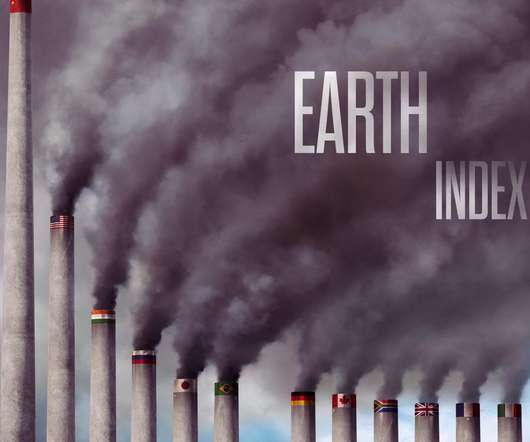Climate leadership is now in Asia
Edouard Stenger
MAY 16, 2017
All this corroborates what I wrote at the beginning of the year on how India and China are going full speed against climate change. According to new findings from Climate Action Tracker , India and China are actually years ahead of their climate commitments. Cleantechnica has a full article on that.












Let's personalize your content